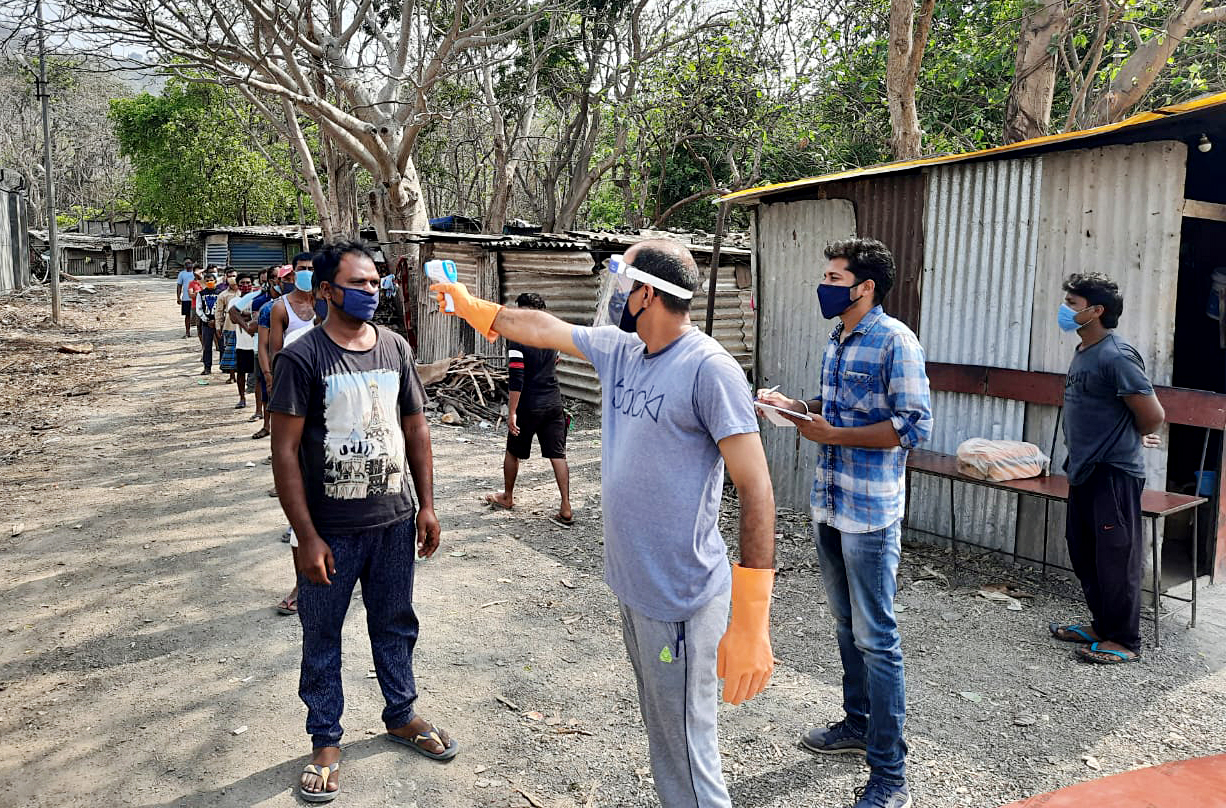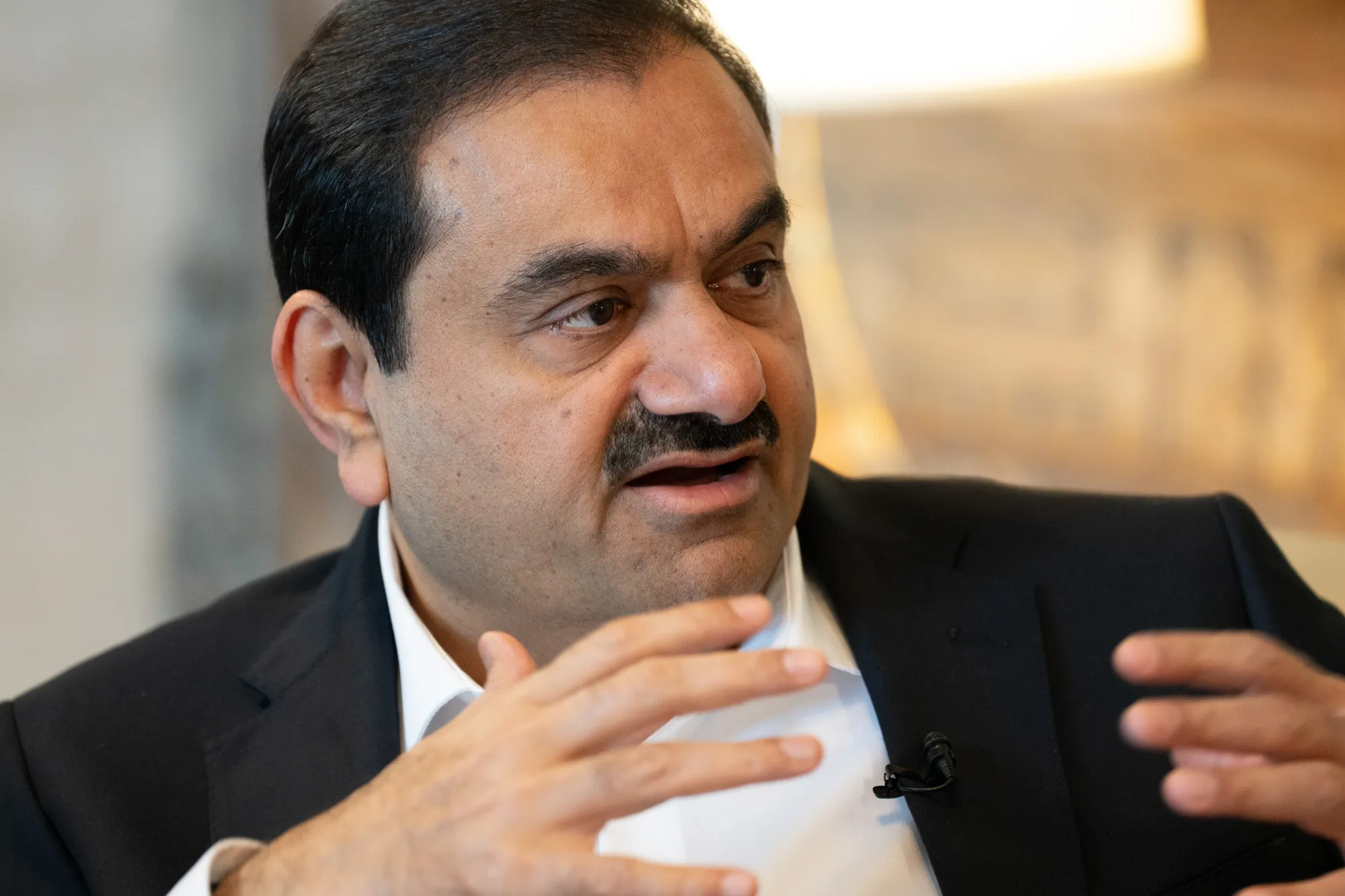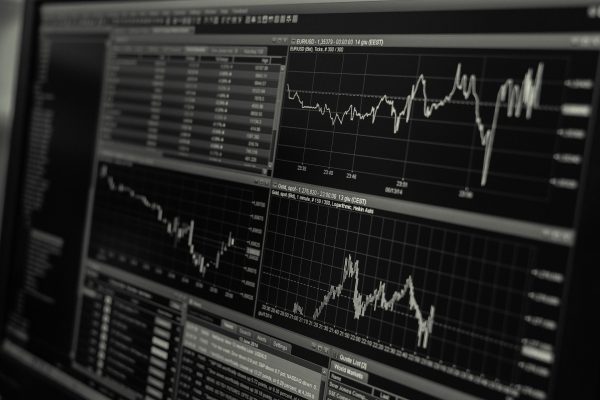Our Bureau
New Delhi
Indian leather exporters are poised to capitalize on the Comprehensive Economic Partnership Agreement (CEPA) between India and the UAE, which aims to enhance bilateral trade significantly. Signed in February 2022, the CEPA is expected to increase non-oil trade to $100 billion over five years, providing a lucrative opportunity for Indian leather goods and footwear, which currently face a 5% import duty in the UAE.
The Indian leather industry, targeting $10 billion in exports by 2025, is optimistic about this trade pact. Exporters are encouraged to leverage the CEPA’s provisions for duty-free access to expand their market presence in the Middle East, particularly within the Gulf Cooperation Council (GCC) region.
As the UAE serves as a strategic trading hub, Indian exporters can also use this agreement as a springboard to access broader markets in Africa and Europe. The CEPA includes commitments from the UAE to grant 140,000 visas to skilled Indian workers by 2030, further facilitating trade and investment opportunities.
Industry leaders emphasize that this agreement not only enhances export potential but also promises job creation within India’s export-oriented sectors, including leather and footwear. The Indian government is actively seeking further trade agreements with other nations to bolster market access for its leather products, aiming to reduce tariffs and improve competitiveness in international markets.
The India-UAE CEPA presents a significant opportunity for Indian leather exporters to enhance their footprint in the Middle East. By taking advantage of this trade pact, they can drive growth, increase exports, and contribute to India’s economic expansion in the coming years.


























